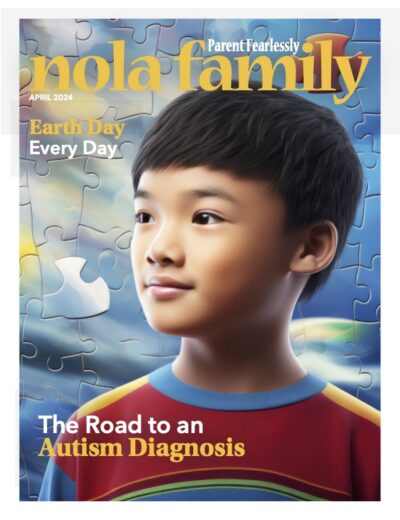Communicating About Difficult Topics
by Pat Blackwell, Ph.D.
Divorce, illness and death are a few examples of the many things parents struggle to explain to their young children. These topics are hard enough for older children and adults to comprehend. So how do we bring the newly verbal child into a “discussion” about such things?
Sometimes parents will avoid trying to explain what’s going on to their tiny ones because they don’t know how. But leaving them in the dark about important events makes these things even scarier, since young children often fantasize explanations that are worse than the reality.
An understanding of the way young children think and learn can be helpful here. Little ones tend to be ‘visual and active’ learners rather than ‘listening’ learners. Ever tried to lecture a three year old? They’re off before you finish your first long-winded sentence. Young children are very empirical; they have to see, touch and experience to know. That’s why they actively test limits to understand rules rather than just “hearing” what they shouldn’t do. So in order to explain, parents must make the concepts as visually clear as possible.
Children also learn through action such as puppet plays. There is no such thing as a passive learner in early childhood. When young children do it, they learn it.
The third way children learn is through relationships. Children learn the most from those they care the most about. They are motivated to comprehend what a trusted adult has to teach because that person is important to their survival and well being. So taken together, these milestones can help parents teach children about complicated, upsetting things.
Just Picture It
I advise parents to use visual stories they can write themselves to present new or confusing information to young children. We are not talking War and Peace here. A simple, six-page mini story will suffice. Carol Gray pioneered this idea for use with children on the autism spectrum (another population that learns visually). However, this concept also works well with typical children. The general guideline is to present the issue in a sentence or two and tell most of the story with simple photographs, stick figures or clip art from the computer. A story might read:
- Hello, I’m Isaac. I loved my dog Sparkle (picture of the child and dog).
- Sparkle liked to run and play and lick Isaac’s face (picture of the dog and Isaac).
- One day Sparkle’s body stopped working; Mom and Dad buried Sparkle in a special place (picture that is appropriate).
- The family is sad Sparkle is gone (Picture that depicts sad feeling).
- We have memories of him that keep him alive in our mind and heart; we can remember Sparkle together. We may cry and laugh at the same time.
- Feelings are OK!
- The End.
This book would be about five to six pages long. It can be read to the child over and over (children crave repetition when they are interested in something). It can be laminated and spiral bound if desired (a copy center can provide this service). Not only does the book explain what happened in pictures, it facilitates the processing of this sort of event. The book also helps the child to understand his own feelings and gives him the opportunity to experience these feelings with his parent.
Parents can make this story more interactive by bringing in puppets or action figures and encourage the child to actively play out the concepts. When shared, feelings are not so scary. These picture books can be used to help a child understand that a change is coming (such as a new bedtime routine or a move) or when a behavior has to change (such as a biting problem at daycare).
Parents shouldn’t avoid explaining things that are new or emotionally difficult to children; however, the message should be simple, visual and shared in the context of a loving and supportive relationship.

